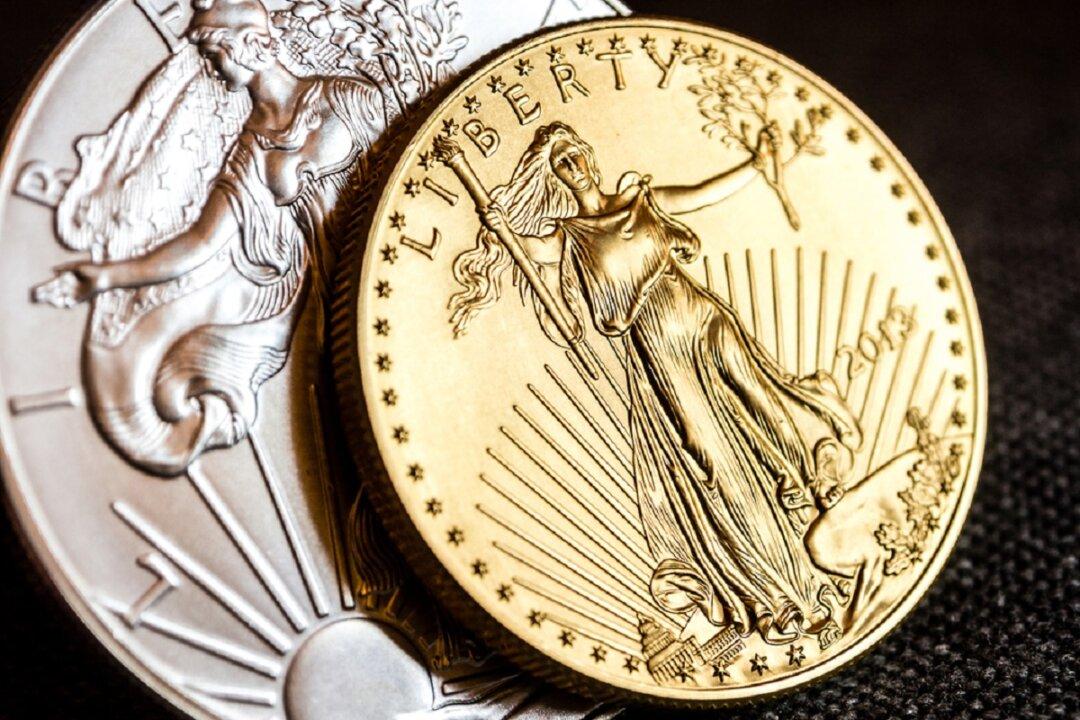If you consider investing in precious metals, you may experience some confusion when you see the terms “24k gold,” “pure gold,” “9999 gold,” or “999 gold.” What’s the deal with each type of gold, and what is 9999 gold vs. 24k gold?
Keep reading to set your gold-related terms straight and learn how to tell between genuine and fake gold.





